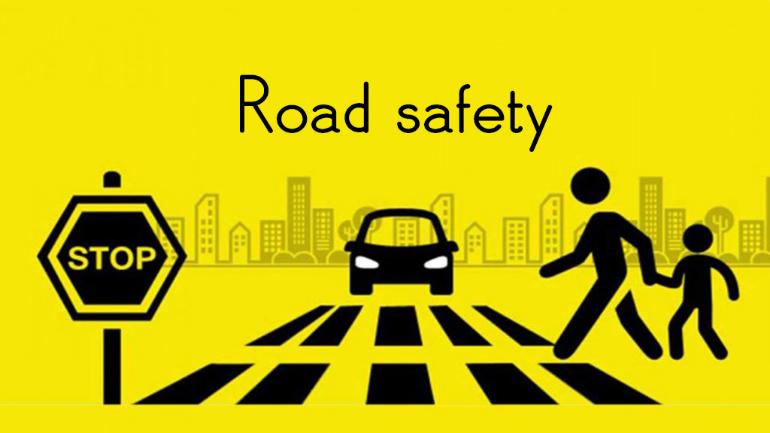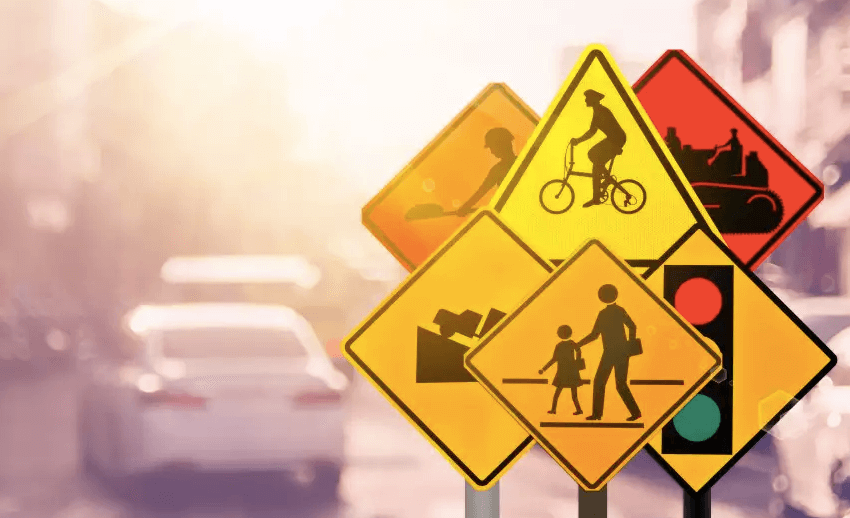
Road safety is a huge concern across the world. As all forms of transportation get faster and more efficient, there is also a need for innovative methods to enhance the safety of the driver and others on the road. This can be done with simple additions to the vehicle like a dash-camera.
These are a highly recommended value add when you consider a fleet or a truck dash cam. These larger-than-life trucks are always fighting long distances and narrow paths. These dash cams will help add a sense of confidence to the driver and organization.
Today’s modern cameras come with a vast variety of options and loaded with features for every price point. While one should not consider price when picking safety, they are a valuable investment for the better lifecycle of the fleet and overall health of any mode of transportation.
When looking for a new dash camera or an upgrade, one could be spoiled for choice. With so many options in the market, find the one which has all the features that make sense for your daily use.
Here are a few points to help you narrow down the ideal dashboard camera for you.
What Makes The Perfect Dash Cam?
For starters, the ideal dash camera must be compared and durable. You do not want a large and bulky dash camera that blocks the driver’s line of sight or creates distractions. They must also be a simple one-time-investment. Especially when we consider those used in trucks or heavy vehicles, they must be able to endure the long hauls and varied terrains that the trucks face.
The perfect camera must also not rely on the onboard memory. When a fleet is running for days-together, you are looking for one that has superior cloud-storage.
This means the data from the cameras are uploaded in real-time onto a server. This way, they can be accessed any time, anywhere.

The modern-day camera also comes with assistance features. These will have built-in auto queues and LED-light warnings that help the drives.
This warning can be in the way of route checks, traffic warning, and undetectable obstacles. This way, your camera is not just a surveillance device but also acts as a co-pilot.
Some companies offer you a double-sided camera. These have one camera that looks onto the road ahead, and the other will face the driver.
This will reinforce good behavior from the driver as they know they are being watched. They are usually high-quality devices that will continue to function flawlessly even in low light.
This brings us to the last parameter– the camera must have a high-quality video interface. The footage should be clear and crisp irrespective of the time, place, or weather.
The camera should give you uninterrupted footage. This means they should be powered correctly and not cut off from time-to-time. Some companies also offer a camera that has GPS tracking, which will further help in management and records.
Here are four ways in which the dash camera has helped to increase road safety.
1. Better Comfort For Drivers.
If you want your business to flourish, then the safety of your driver should be the highest of the concerns. A safe driver means the trucks are reliable on the road.
Just use of airbags, and service-warning features are not enough to ensure safety. A dash cam with GPS, like a dual-side dashcam, can be programmed to monitor a driver and send an alert to the manager if it detects signs of fatigue.
Some advanced dash cameras also give alerts to the driver if they notice any obstructions or unexpected vehicle movement. These use superior artificial intelligence and machine learning to assist the driver on those endless journeys.
2. Lower Insurance Rates.
Dash cams reduce the chance of an accident between trucks and other obstructs and other vehicles. With their camera vision having contributed to reduced liability, insurance costs to the driver and the trucking company, have decreased significantly. The camera footage also helps to get your insurance claim in case of any accidents.
It is believed that technology has helped reduce vehicle crashes by 21%. Dash cameras have also been used by police officers who have captured in-the-moment footage of attempted kidnappings, car accidents, and other potential road safety violations.
3. HOS Compliance.
Hours of Service are an essential calculation not only for the driver but also for law enforcement and highway checks. All drivers must be under the designated hours of operation to ensure the safety of the driver and others on the road. This can be done using an ELD and a dash camera.
The Electronic Logging Device (ELD) will keep a computer-generated record of the hours clocked when linked to the dash camera. All this information can be seen on a dashboard. It also helps the company plan routes and driver schedules better.
4. Permanent Record.
All modern dash camera functions with online cloud storage support. This means all the data recorded on the camera is safely stored online and can be accessed remotely.
This will help the company pull records if there are any doubts about the driver’s behavior. Since they are stored online, they do not occupy any large servers or on-camera memory units.
When we hear cloud storage, there is also a concern about hacking or remote-compromise of the camera. This is close to impossible in an advanced dash camera.
This storage is protected with many rounds of encryption and protected by multi-node-data-storage. The footage from these cameras can also be used later for training or demonstrations.
In Conclusion,
If you are considering the cost of each dash cam as a deciding factor, you must pause and think again. The most modern cameras are mostly a single-time payment and give you regular updates of software. They come with a long lifespan and top-of-the-line warranty.
Dash cameras are a simple yet fascinating piece of technology that can give you so many benefits from just one phone-size device. You could end up losing more money by not having a camera. These are a sound investment for both commercial vehicles and self-owned cars.